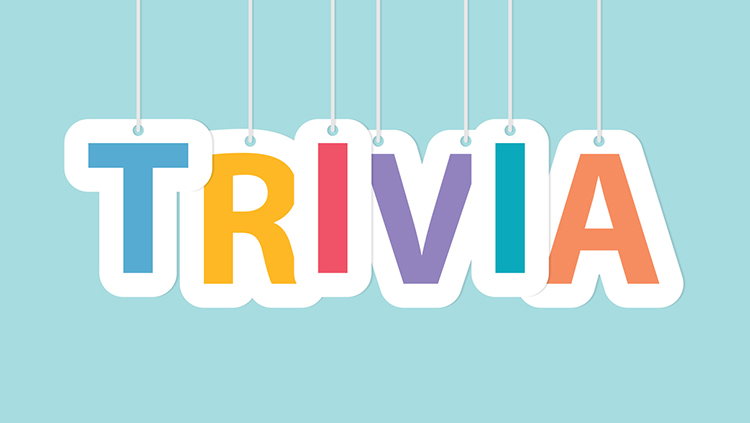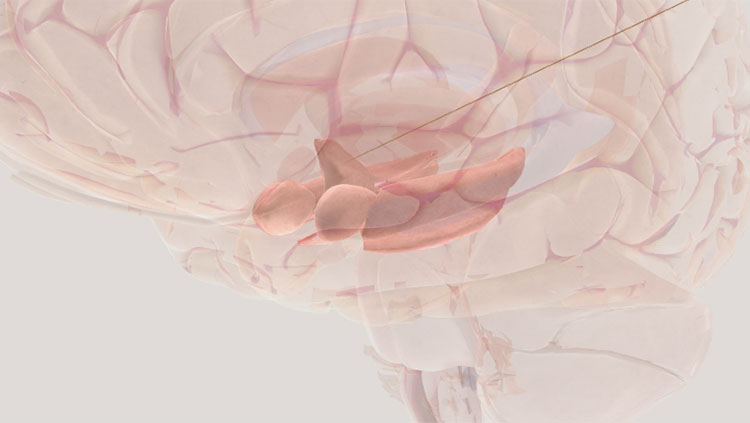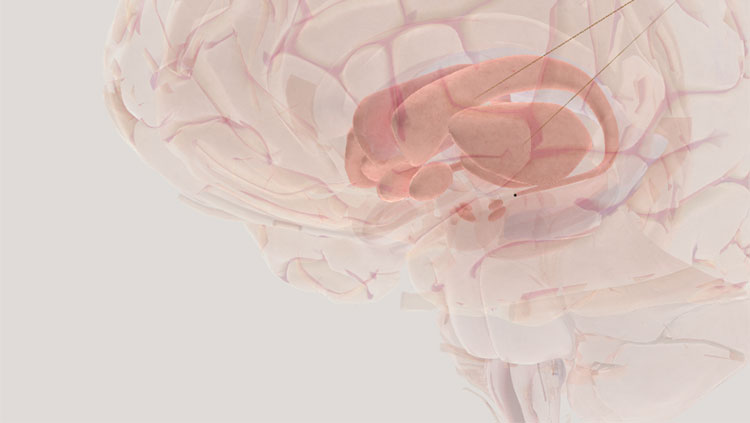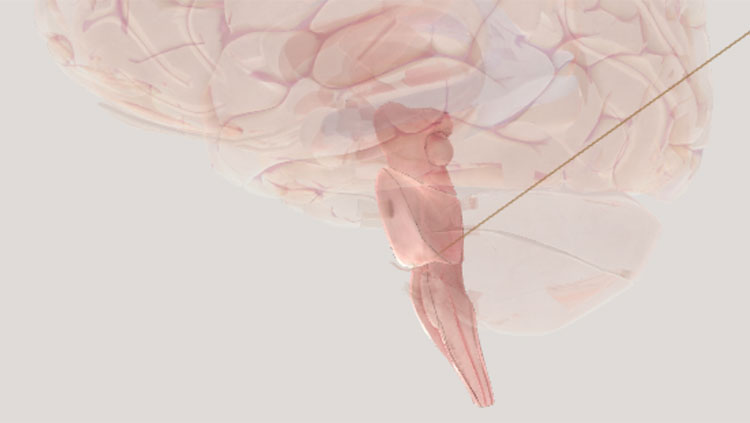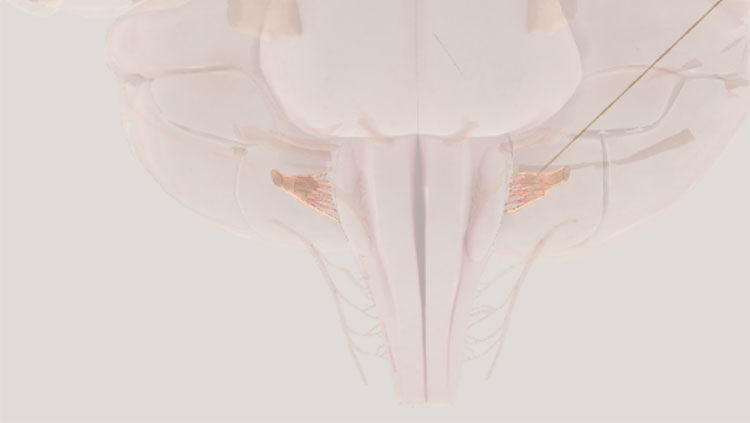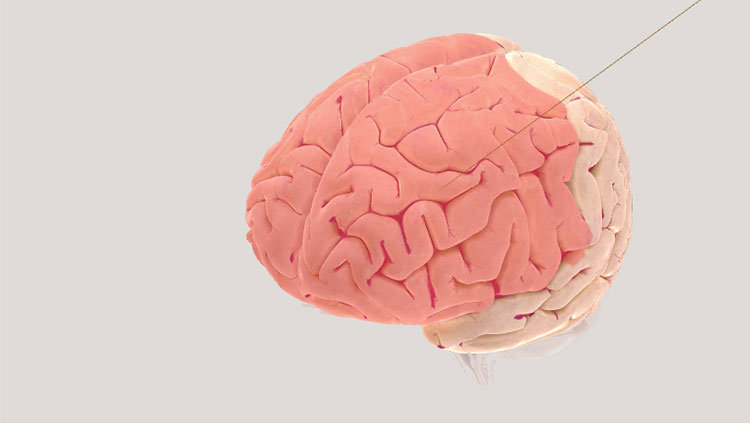Pin the Senses on the Brain
- Published3 Jun 2019
- Author Emma Lindberg
- Source BrainFacts/SfN
It is easy to rattle off the five main senses: vision, hearing, taste, smell, and touch. But is it easy to list which parts of the brain process these senses?
Using the Brain Facts book and the 3D Brain, you can help your students better understand what happens when sound vibrates through their ears or light hits their eyes. After a quick lesson, test their knowledge with the Pin the Senses on the Brain activity. This lesson plan can be used to engage students — getting them out of their seats — or as quiet work on their own.
Integration into the Curriculum
- Health
- Biology, AP Biology
- Anatomy and Physiology
Materials Needed
- Internet access to visit BrainFacts.org's 3D Brain
- The Brain Facts book, Chapter 2: Senses & Perception
Option 1: Printed copy of Pin the Senses on the Brain Poster and icons (provided)
- Scissors
- Tape
Option 2: One printed copy of Pin the Senses on the Brain worksheet per student (provided)
- Writing utensil
Before You Play
Take some time to review Brain Facts Chapter 2: Senses & Perception with your students. As for a visual reference please refer to this colored brain reference sheet. Make sure to review the following points:
- The auditory cortex processes hearing
- The gustatory cortex processes taste
- The olfactory cortex processes smell
- The somatosensory cortex processes touch
- The vestibular cortex processes balance
- The visual cortex processes vision
- Although it is not featured in this activity, it is important to note the thalamus is the main highway for most of the senses.
Using the information from the Brain Facts book, search for the various parts of the brain on the 3D Brain model. This will help your students visualize where the senses are processed and help them prepare for the Pin the Senses on the Brain activity.
How to Play Option 1:
- Download and print the Pin the Senses on the Brain poster, the poster teacher sheet, icons, and teacher icons.
- To print a PDF as a poster, open the PDF, click File > Print, then under “Page Sizing & Handling” select the “Poster” box. To make the image larger, adjust the Scale Box.
- Cut out the icons.
- Tape the poster together and display it in the classroom. Students need to be able to walk up to the poster and tape their icons onto the brain, so don’t place it too high or on an uneven surface.
- Break your students into five groups. Give each group one icon.
- Ask each group to review their icon, then discuss among themselves where the icon should be placed on the brain. Tell the students their icon should be placed on the star that corresponds with the part of the brain that processes the sense on their icon. For example, the group with the eyeball icon should place their image on the star on the visual cortex.
- Ask each group to send one representative up to place their icon on the brain.
- If a group places their icon in the wrong space, allow other groups to place their icon over it.
- Once every group has taken their turn, review the poster teacher sheet and teacher icon sheet for the correct answers and make any necessary corrections.
How to Play Option 2:
- Download and print one copy for each student of the Pin the Senses on the Brain worksheet.
- Ask the students to write down the part of the brain and sense that corresponds with the number on their worksheets.
- Collect the students’ completed worksheets and grade them using the teacher sheet.
CONTENT PROVIDED BY
BrainFacts/SfN
Also In For the Classroom
Trending
Popular articles on BrainFacts.org



